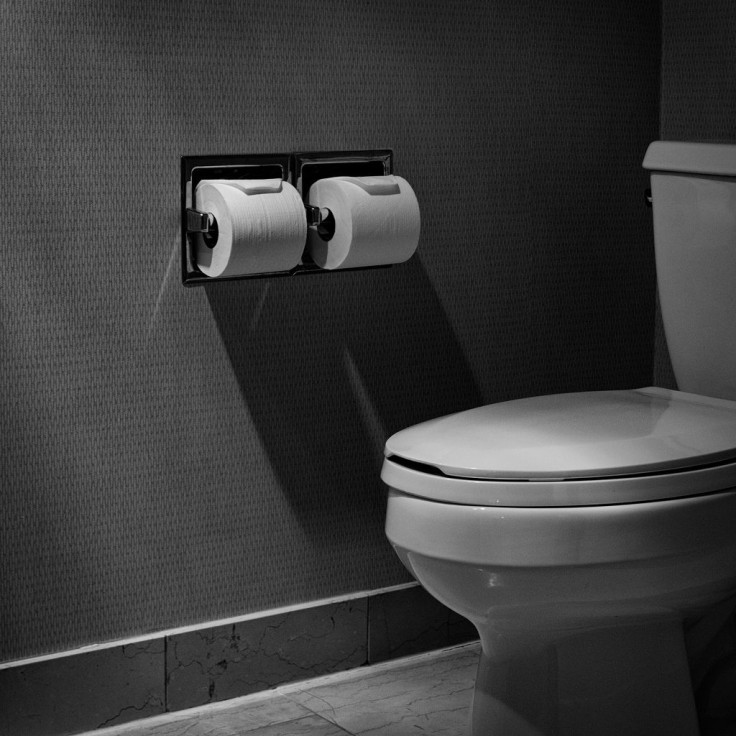Germs In the Bathroom Toilet: Do Public Restrooms Really Pose A Health Risk?

Public restrooms, like any other public space we visit, are crawling with our bacteria. Regardless of toilet seat covers, rigorous handwashing, and bathroom cleanliness, our microbes can survive for hours even after we've all left. In Gross Science's latest video, “How Dirty Are Public Restrooms?” host Anna Rothschild explains what exactly is lurking in most public bathrooms and whether we put ourselves at risk every time we flush.
Common bacteria that show up on the toilet seats of men and women’s rooms are gut bacteria, while vaginal bacteria are commonly found in women's. Although a toilet seat cover can act as a barrier between the skin and bacteria, some toilet flush handles may contain soil bacteria due to feet flushing. Despite the germs hiding within the bathroom stall, the skin serves as a great barrier to protect us from most of the microbes hanging there.
Outside of the bathroom stall, there are germs hiding in one of the most commonly used items — toothbrushes. A preliminary study found more than half of toothbrushes had live fecal bacteria in their bristles. The bacteria seemed to have fled across the room in the spray from toilet flushes.
Now, washing our hands may act as a safe guard from germs, but we can still have bacteria after we rinse them. Using a regular warm air dryer can blow them around the bathroom, while jet dryers can scatter germs up to four and a half feet away. Still, you should always wash your hands, just opt for using paper towels when available.
So, public restrooms are never totally clean, but most of the bacteria lurking in them is completely harmless.
Published by Medicaldaily.com



























